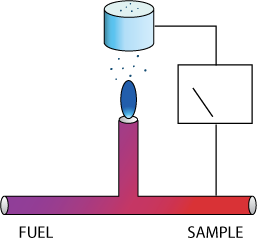Back to the Basics: Sampling System Issues
The speed and accuracy of the analyzer depend equally upon the sampling system and the detector. The final development of the worst accidents occurs in seconds. It is part of the last line of defense against fire and explosion. There’s precious little time between the rise in concentration and the explosion. That’s a very good reason to pay close attention to the analyzer’s response time.










